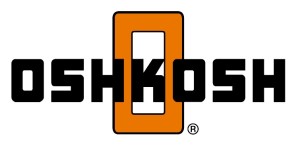Many organizations have processes that define how new products will be conceived, developed, designed, and brought to market. Many organizations also have processes that define how they will integrate sales and operational plans to achieve their business objectives. These processes may be at varying levels of formality and maturity. However, it is not entirely uncommon for these two sets of processes to be at least out of alignment, and perhaps completely disjointed.
Sometimes we just stop talking! More often we stop listening! But why?
New Product Development (NPD) processes tend to be creative endeavors. Often they focus on “what” is being developed and why the customer has this need, so that we can better meet or exceed those customer’s expectations – while “when,” “where,” and “how much” may receive less attention. Without a “what,” the rest won’t matter!
Sales and Operations Planning (S&OP) processes, on the other hand, tend to be analytical endeavors. Often they focus on those exact things that might be deemphasized in the NPD processes: “when,” “where,” and “how much”! This is done so that the customer’s demand can be met when and where they need it and so the organization can meet its objectives. If the customer’s time & quantity expectations aren’t met or the organization cannot meet its objectives (which for most of us include financial needs, like profits) the rest won’t matter!
Of course, like the proverbial eye, which cannot say to the hand, “I have no need of you;” the NPD and S&OP processes serve difference constituencies and business needs: but they are in need of each other! Additionally, they become even more powerful tools for an organization and its leaders when they work together! The challenge is that they focus on different questions, with different key participants, to such a degree that in some organizations, they are nearly speaking a different language!
Sometimes a good “translator” can help. This is where cross-pollination of teams can help. There are also multiple tools that may be natural outputs from each of these processes that can strengthen information linkages. These may include such tools as consolidated program schedules, multi-year product plans, and product lead time maps. It is also critical to identify and then track early indicators of uncertainty. These may include such things as project status, inventory positions, and market trend summaries.
However, by far the largest key to success is to keep communicating … and more importantly, to keep listening! I’ll be speaking in more detail on this topic at the upcoming APICS & IBF Best of the Best S&OP Conference. Perhaps, we’ll see you there.
Dave Flory, CFPIM, CIRM, CPF, CSCP, PMP
Senior Scheduling Manager
JLG Industries, An Oshkosh Corporation Company


